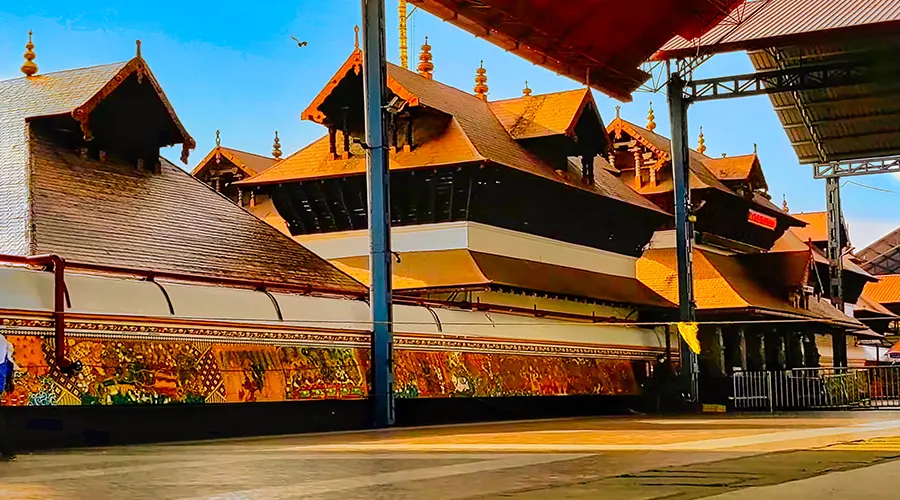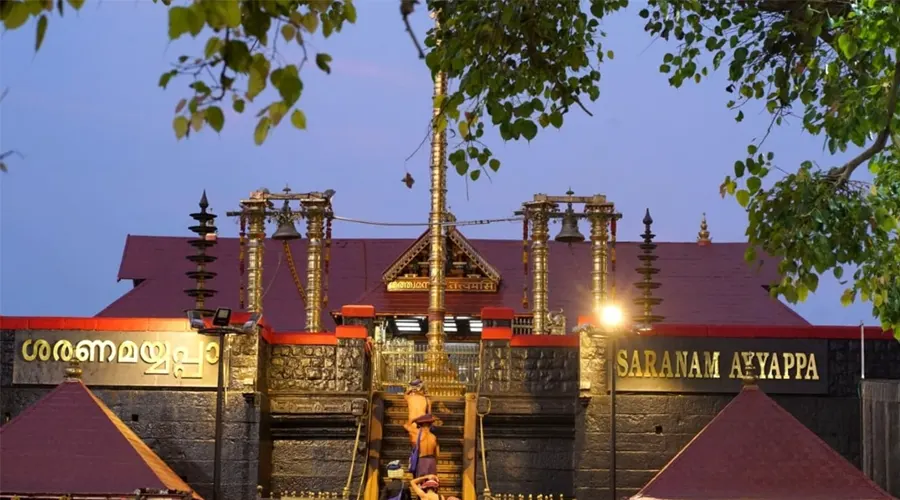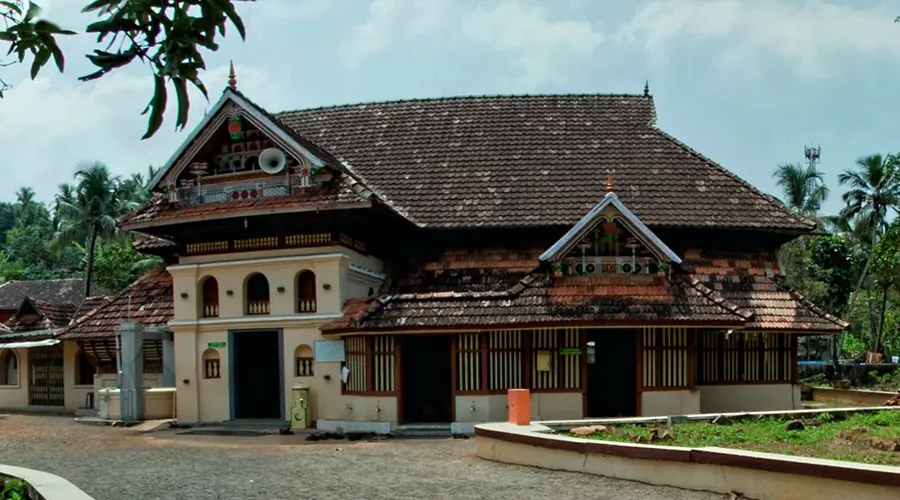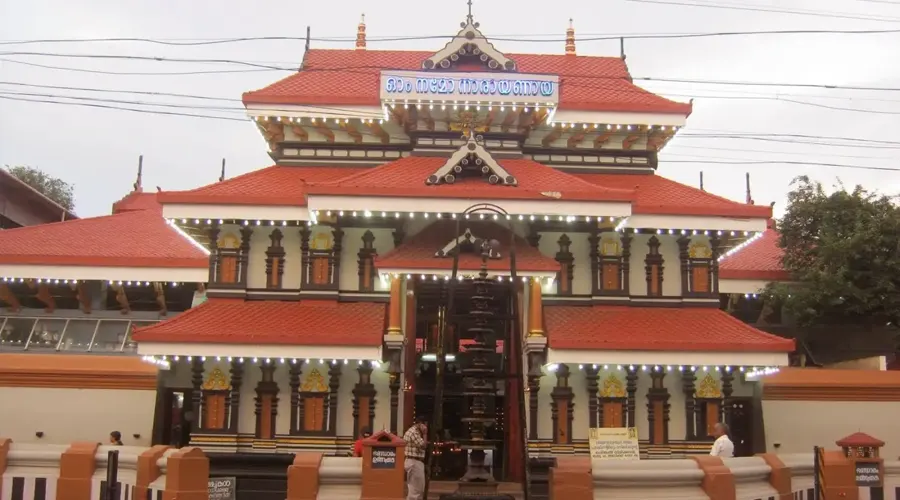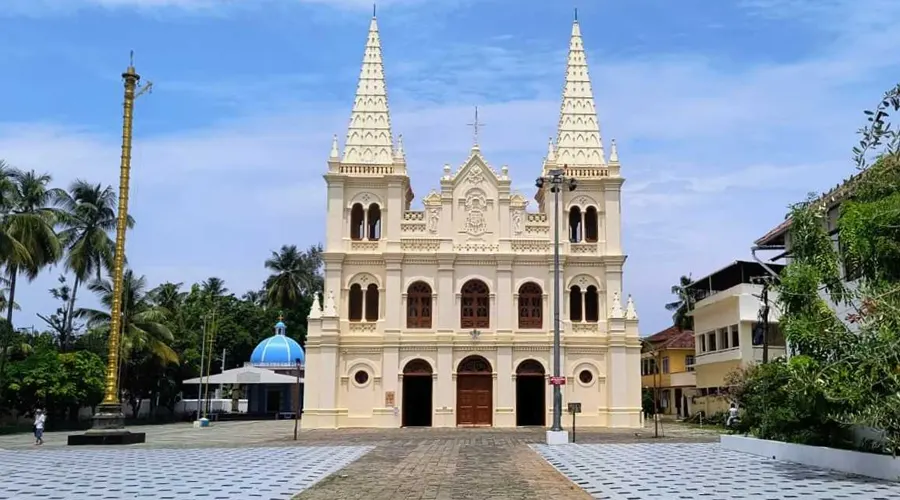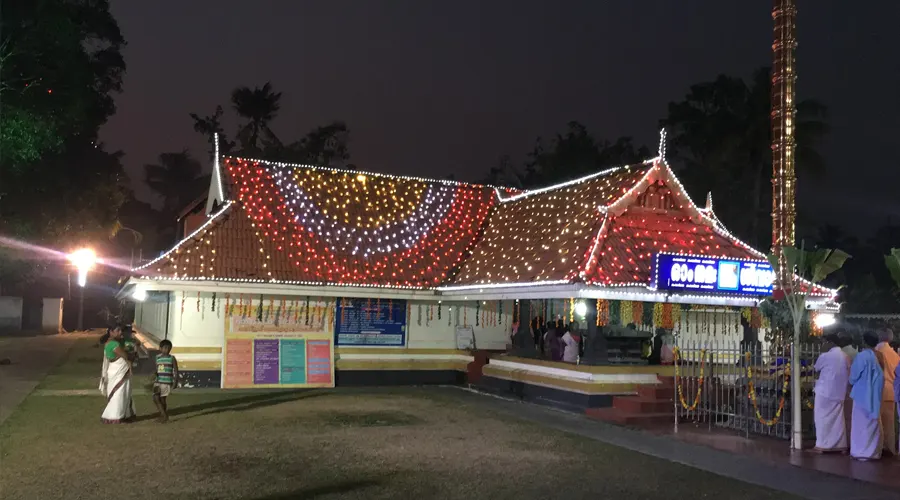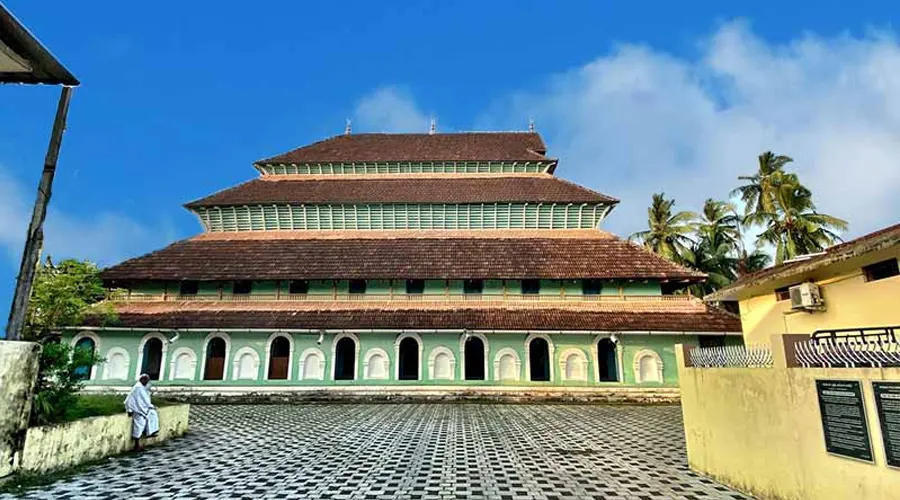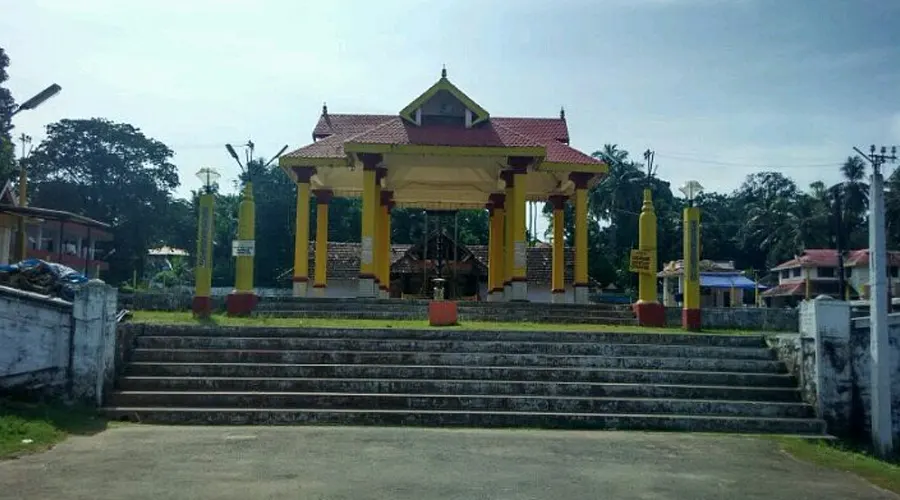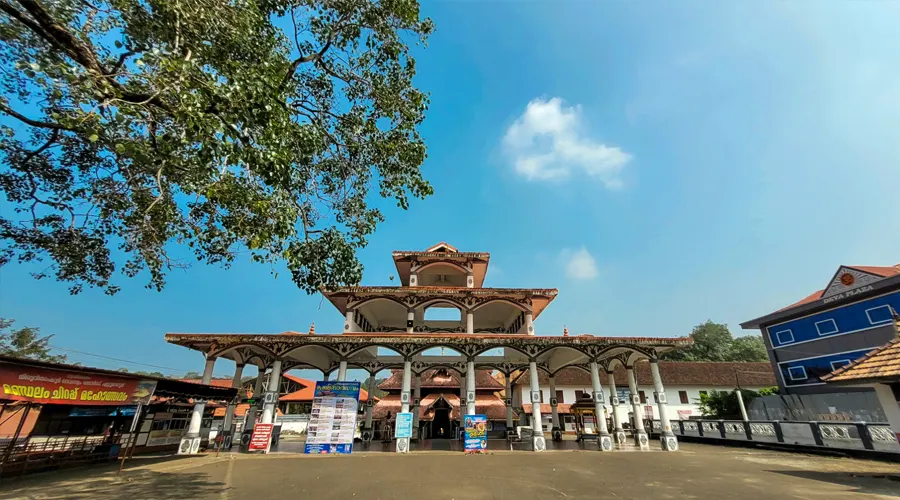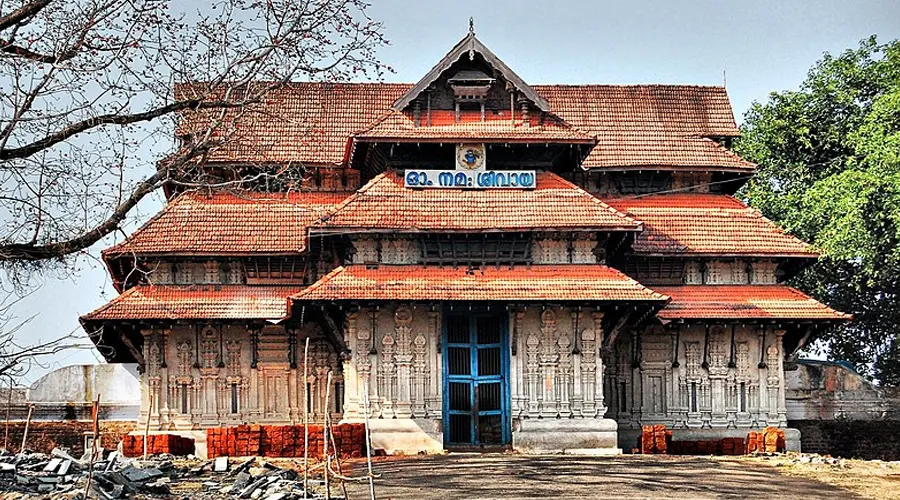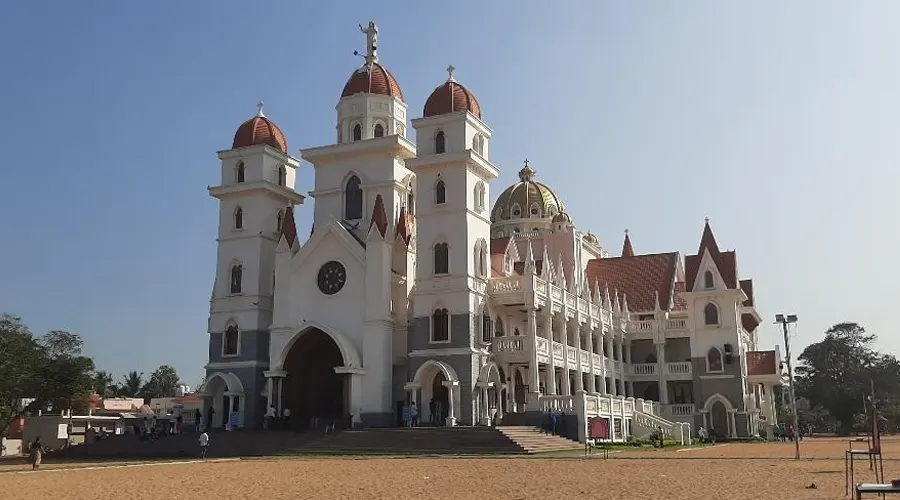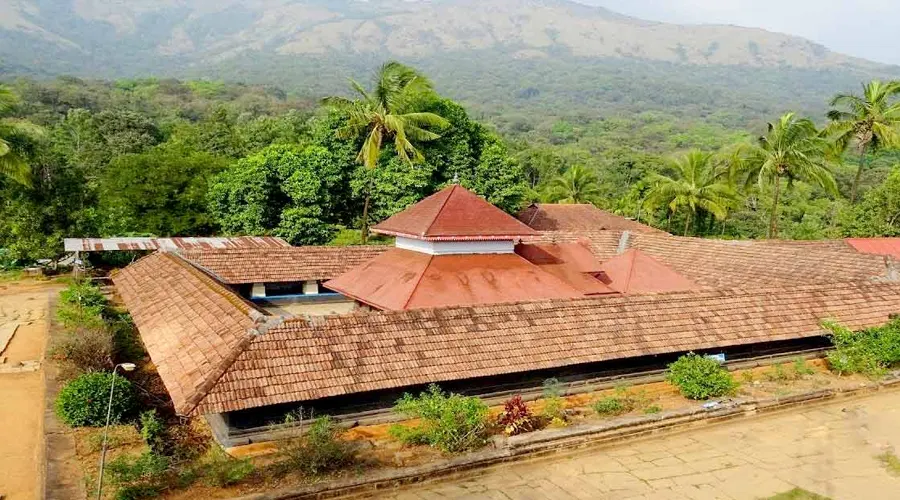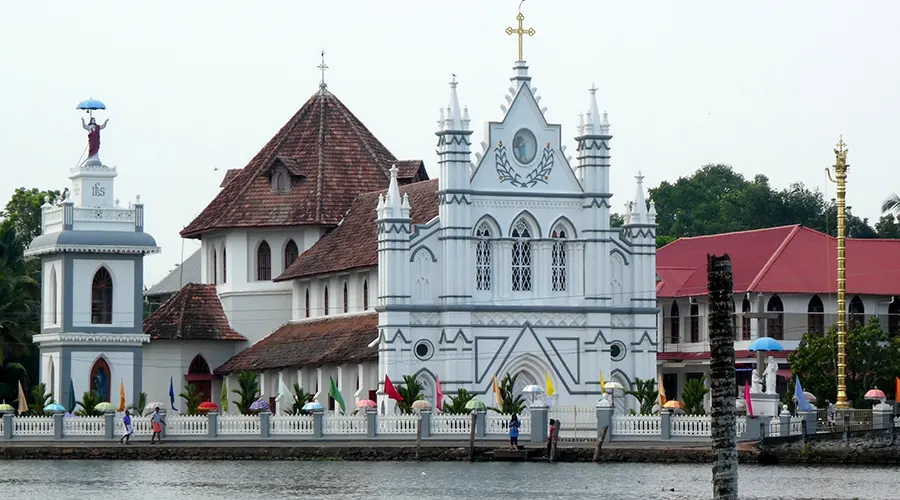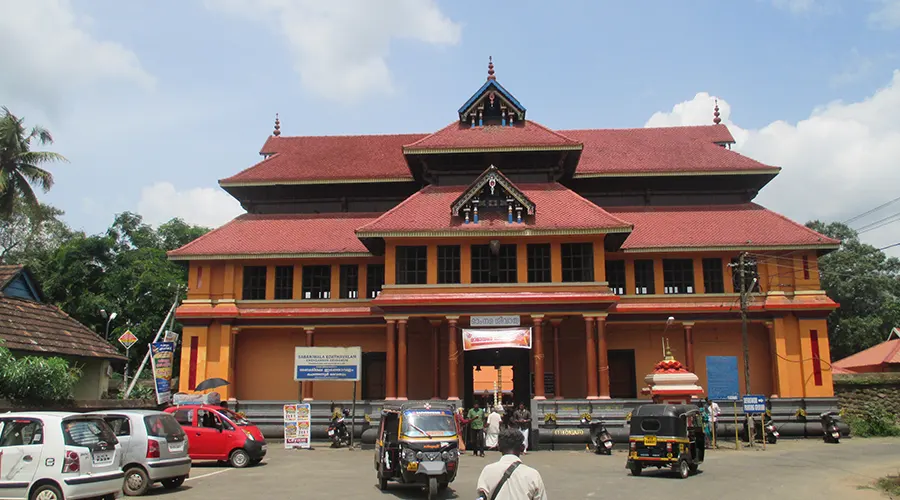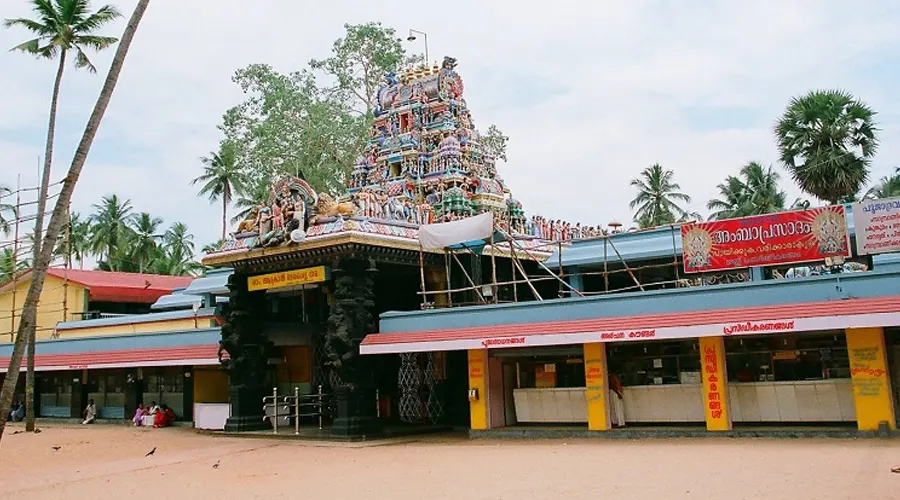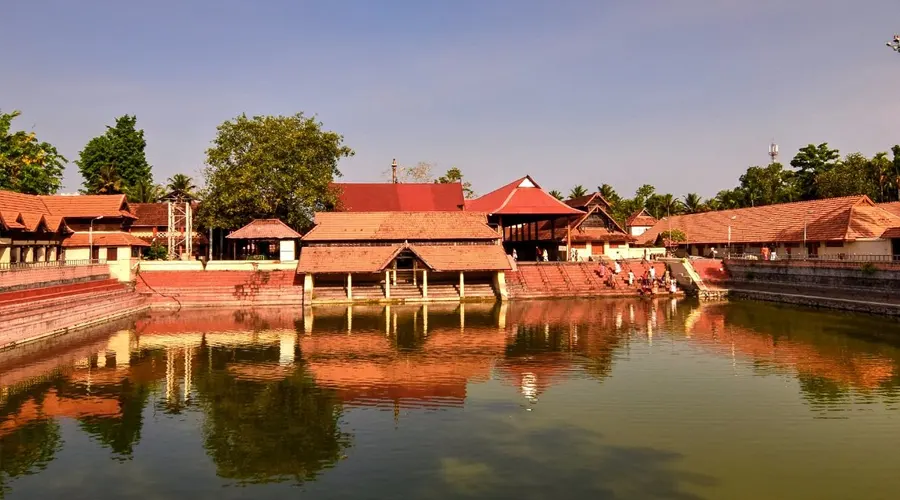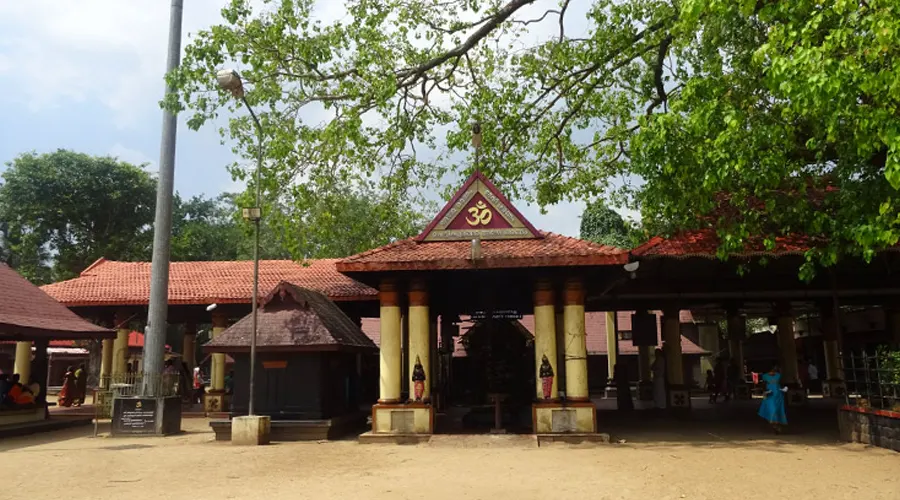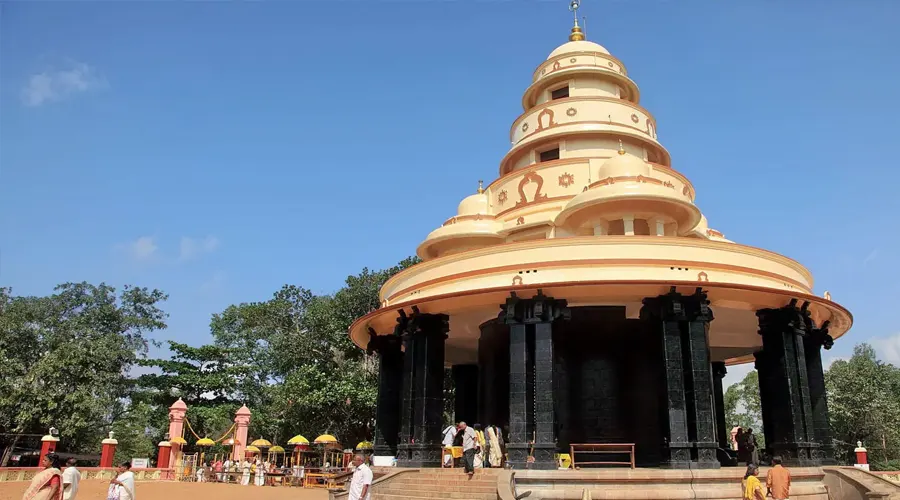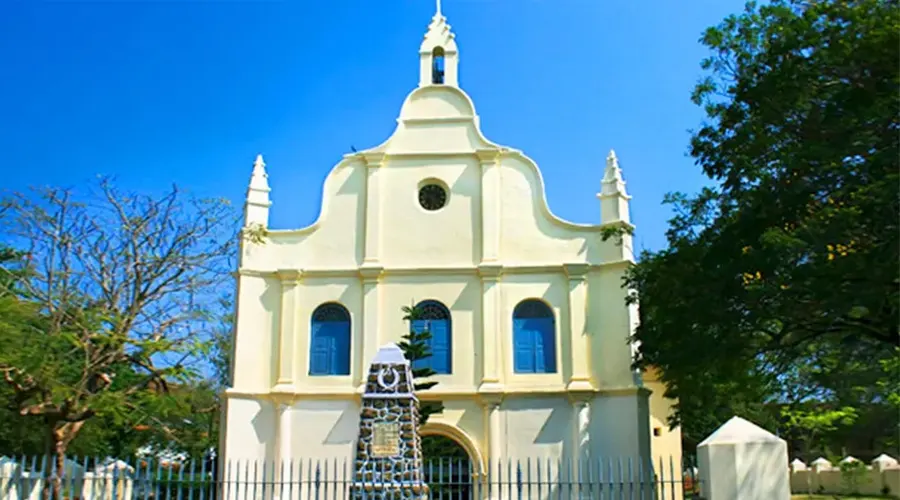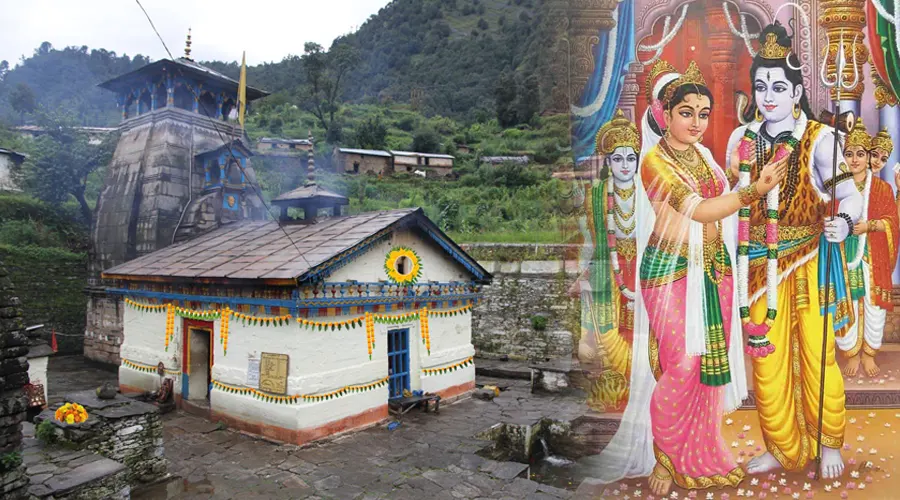Guruvayur Temple
The Guruvayoorappan form of Krishna happens to be the form of Lord Vishnu as seen by Krishna’s parents Vasudeva and Devaki around the time of his birth. It, therefore, makes sense that Guruvayoor has earned the sobriquet, “Dwarka of South India”. Dwarka is the ancient city of north India where Krishna is believed to have been born.
This temple has a chief priest called Mesanti who is available full-time for prayers and rituals. It is known that the priest opens the sanctum santorum early in the morning and observes a fast till the completion of noon prayer rituals.
Guruvayur temple is one of India’s most ancient temples. The earliest temple records date back to the 17th century but other literary texts and legends indicate that the temple may be around 5000 years old.
Guruvayur has a very strict dress code for entering the temple. Men can only wear mundu (tied around the waist) or shorts in the case of boys. They are prohibited from wearing anything on the upper body other than a small piece of cloth called a veshti. Women were only allowed to wear saris until recently when the rules were slightly relaxed and the salwar kameez was also made acceptable.
History of Guruvayur Temple
The Guruvayoor Temple is believed to have been established in the year 1638 AD, promoted as one of the major pilgrims of Kerala by its devotees Poonthanam, Melpattur, Vilvamangalam, the Prince Manadevan (Zamorin), and Kururamma. Destroyed and restored several times, the temple managed to stand tall in its full glory till the disastrous fire broke out in the year 1970.
Despite the raging fire of 5 hours, the Vigraha and the sub-shrines of Ayyappa, Devi, and Ganesha remained intact including the flag staff with the help of people of all religions who helped to quench it. To date, the temple stands tall showering its blessings on all its devotees.
Architecture of Guruvayur Temple
Built-in a typical Kerala style of architecture and Vastu Vidya, Guruvayur Temple is east-faced with two Gopurams, one towards the east (Kizhakkenada) and one towards the west (Paringjarenada). The main entrance to the shrine is through the eastern Nada. You will witness a 33.5 m high gold plated flag post or Dwajasthambam in the outer enclosure or Chuttambalam.
The gorgeous pillars of lamps or 7 m high Deepsthambam with thirteen circular receptacles are a sight to behold when lit. However, the most striking feature of the temple is the idol of the main deity, in the square Sreekovil of the temple is made of a rare mixture called Padala Anjanam instead of stone or metal.

